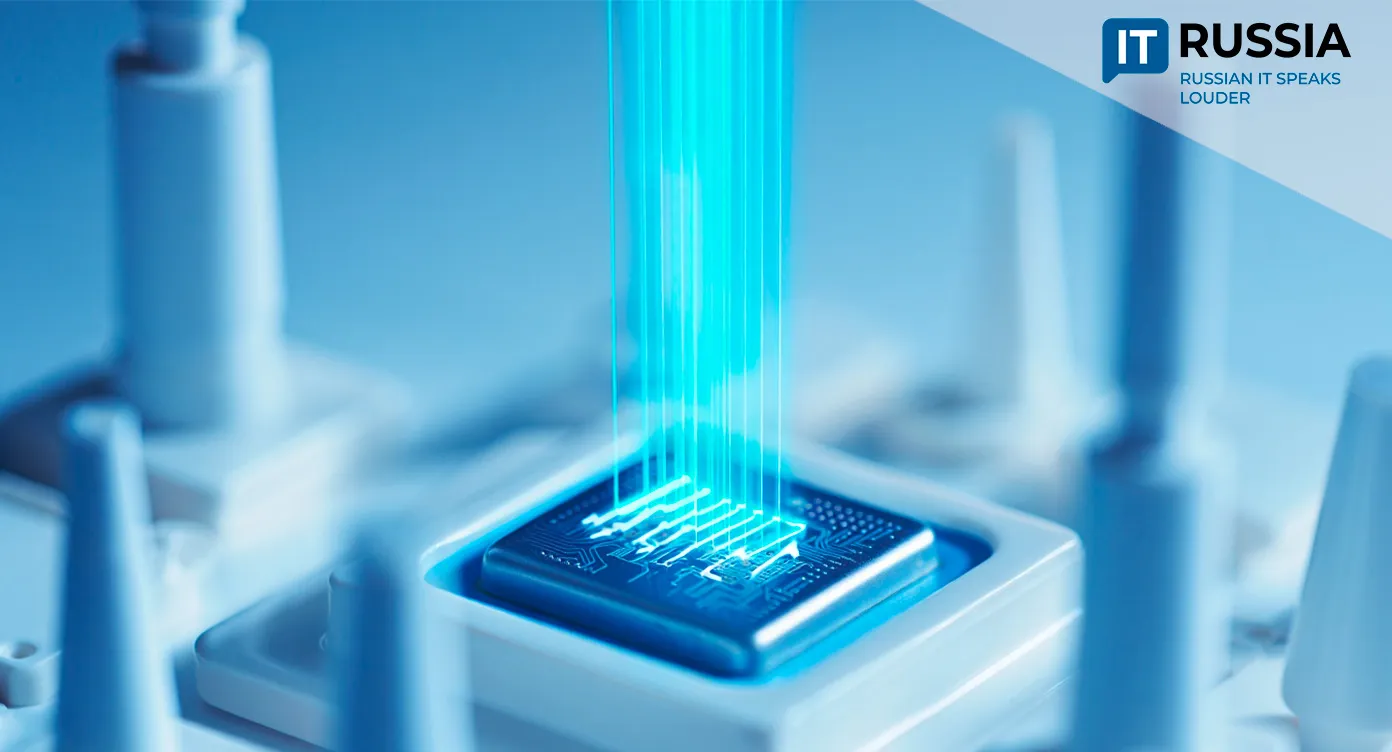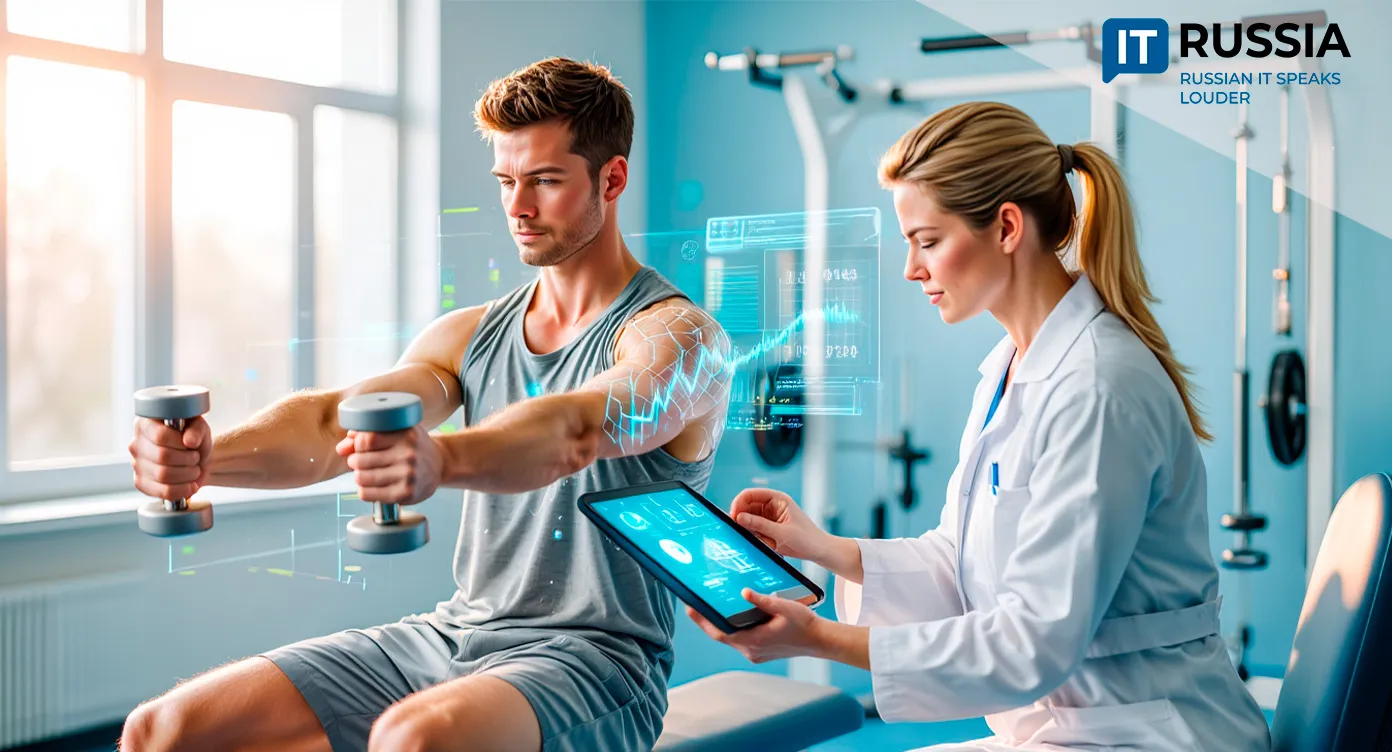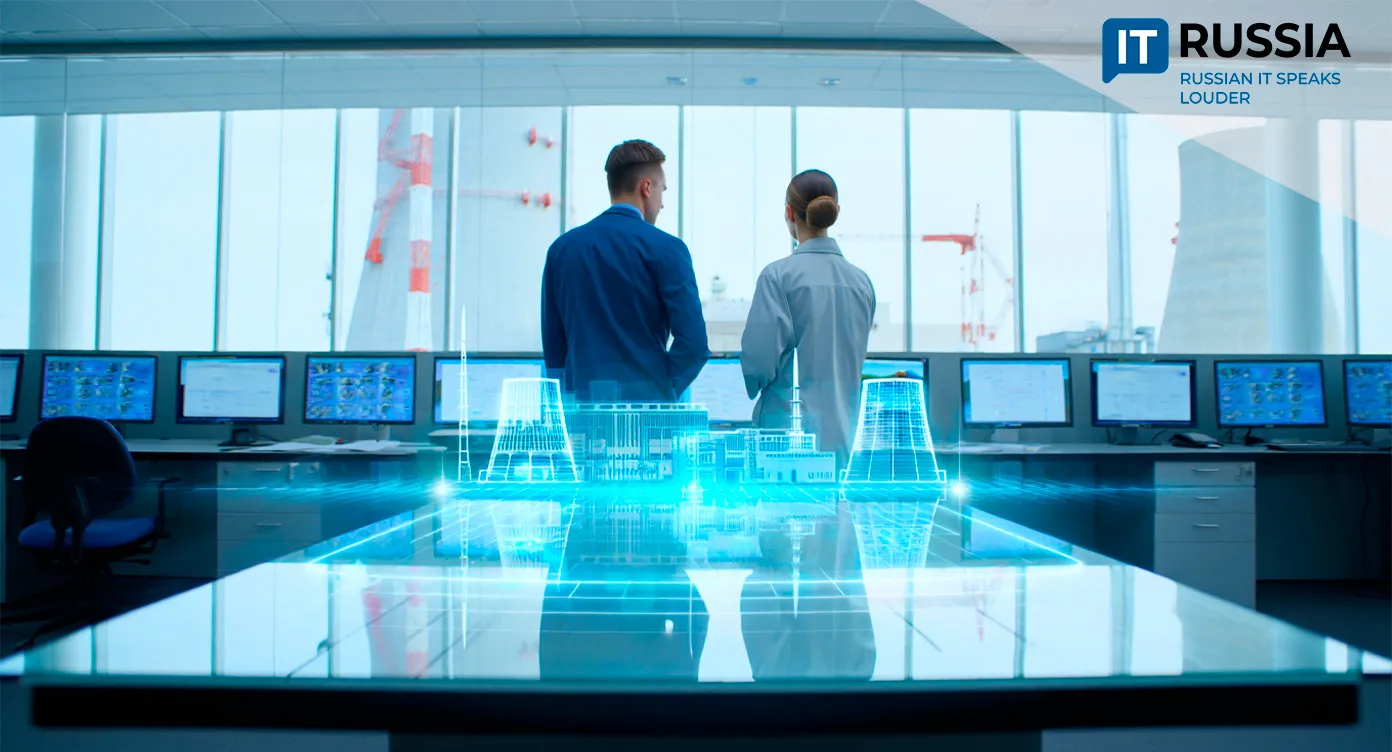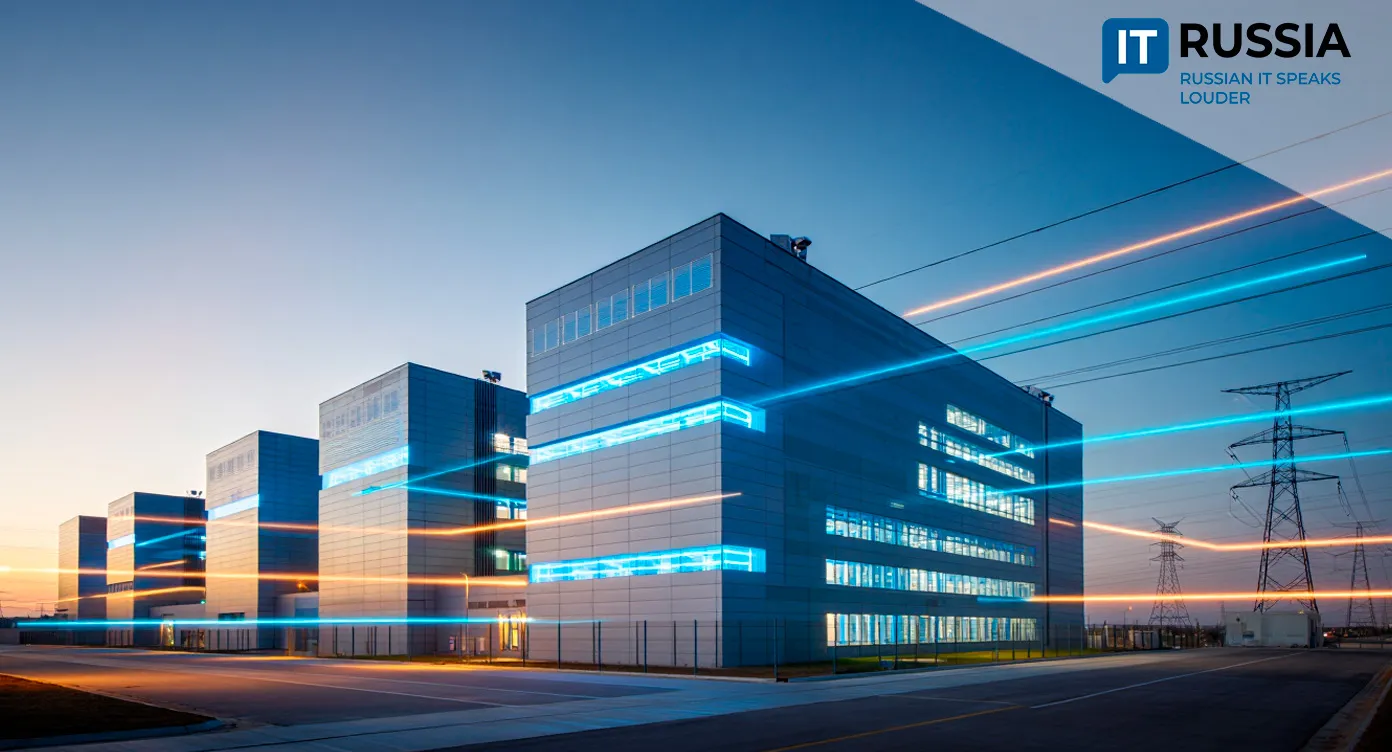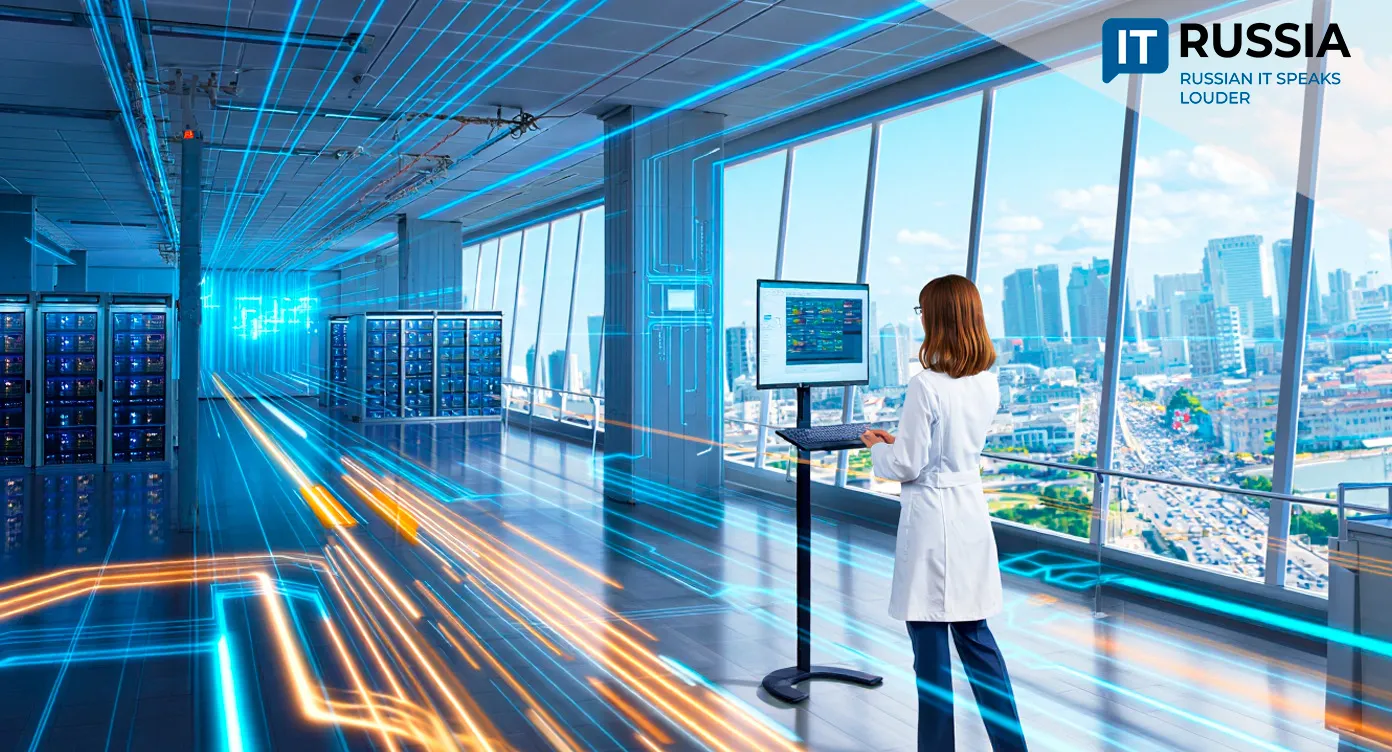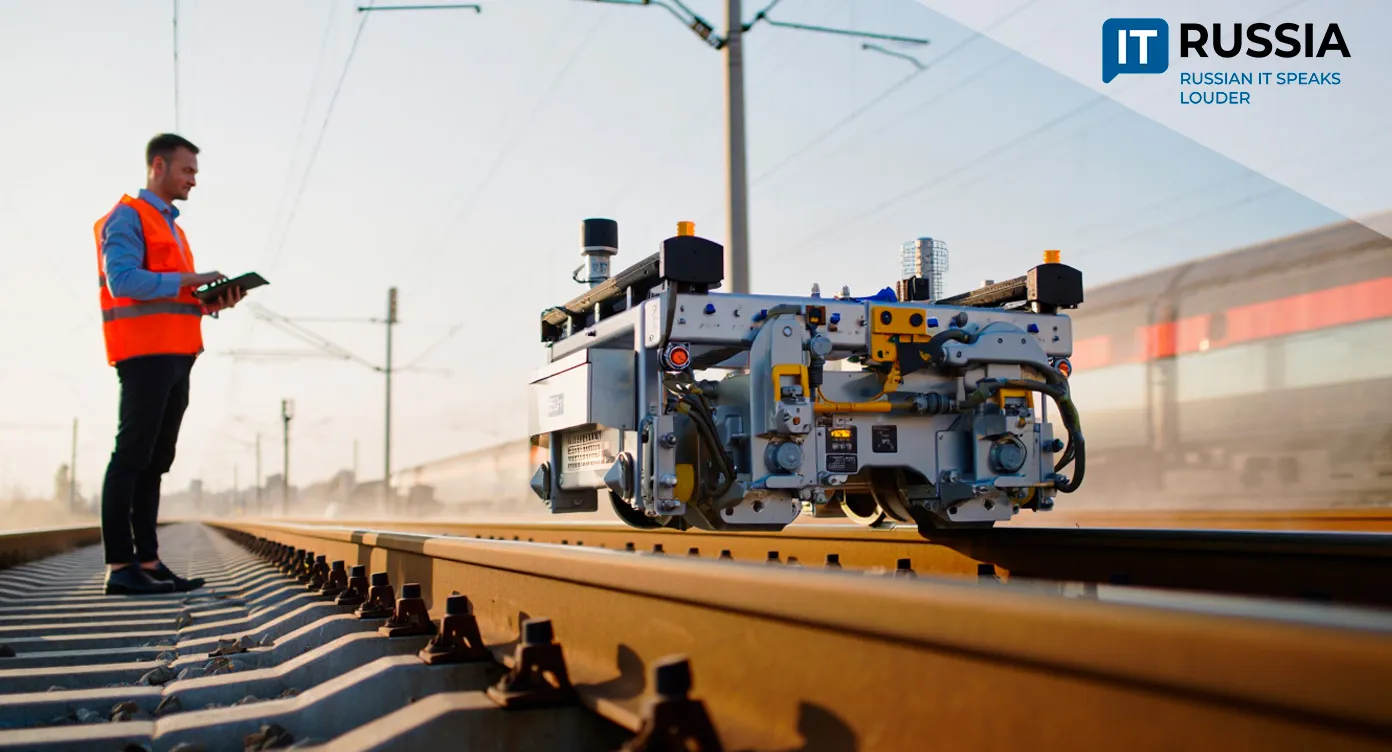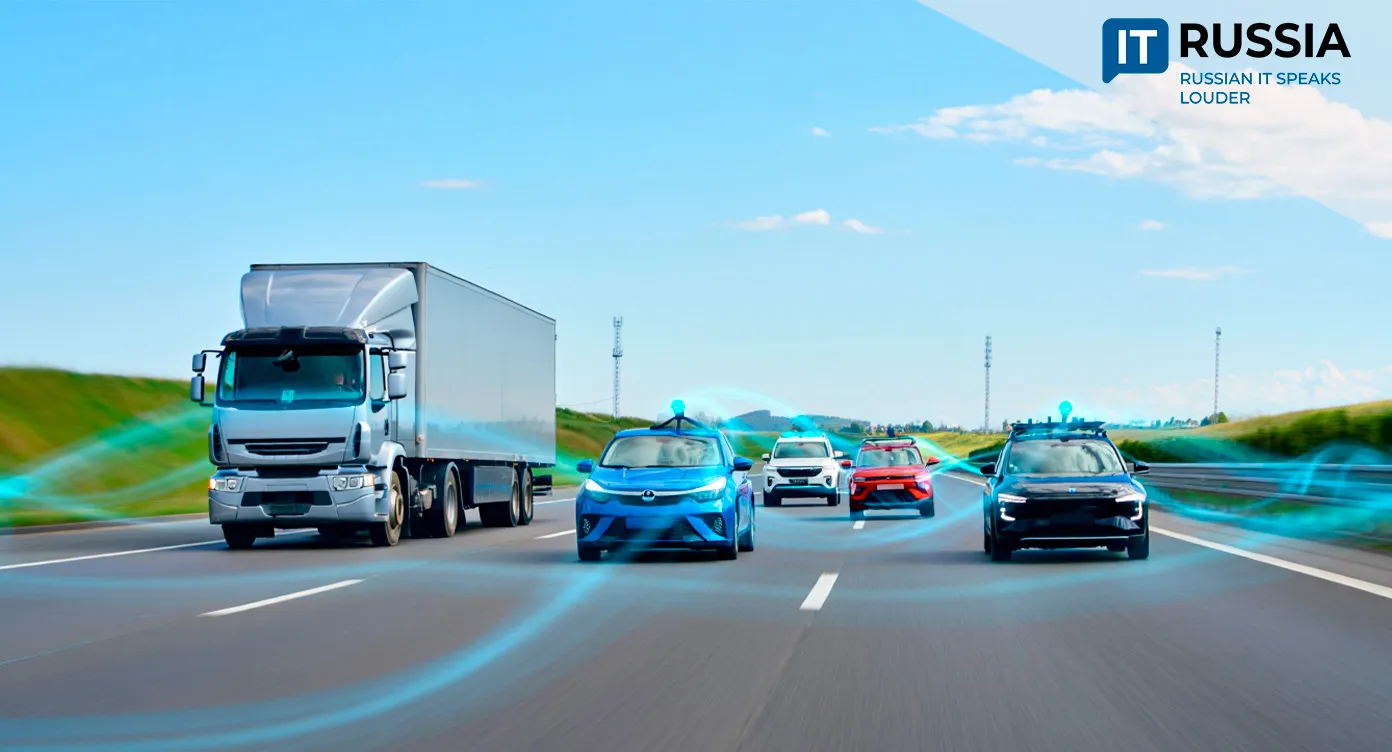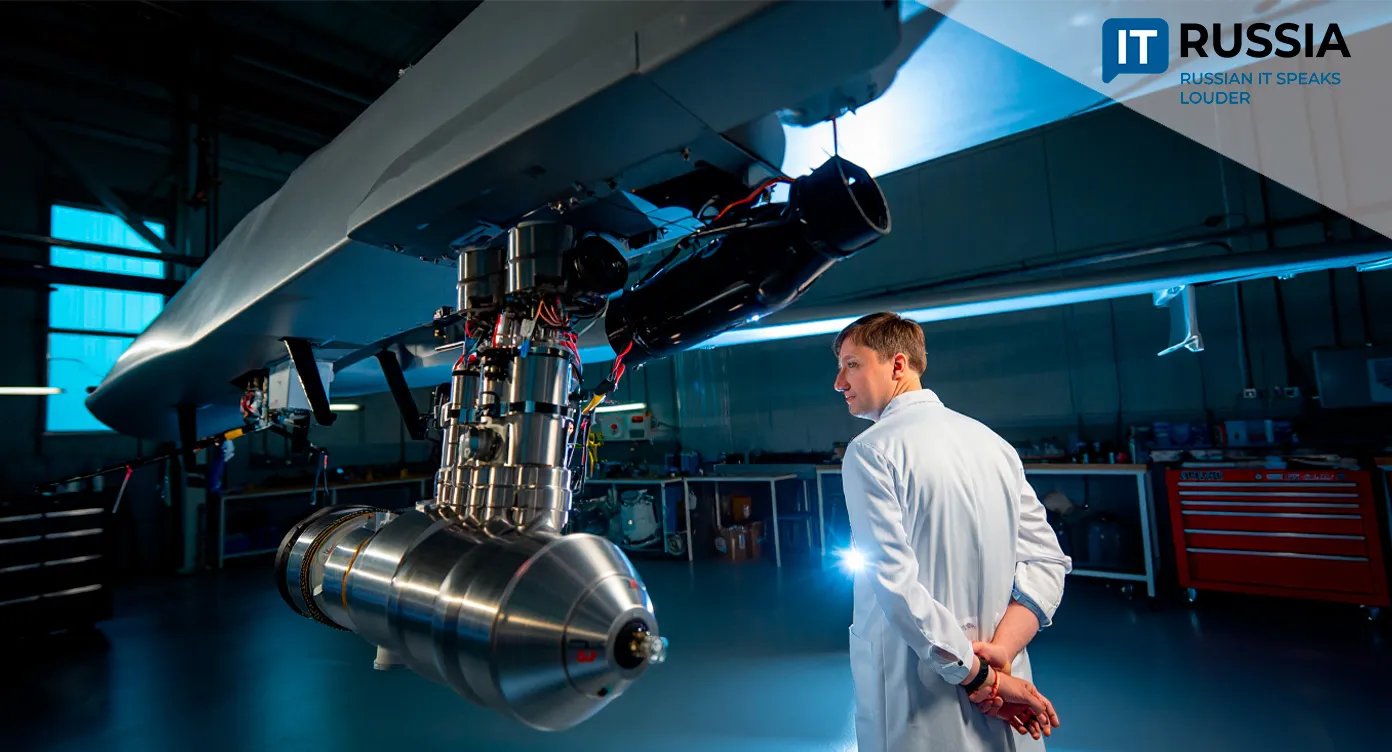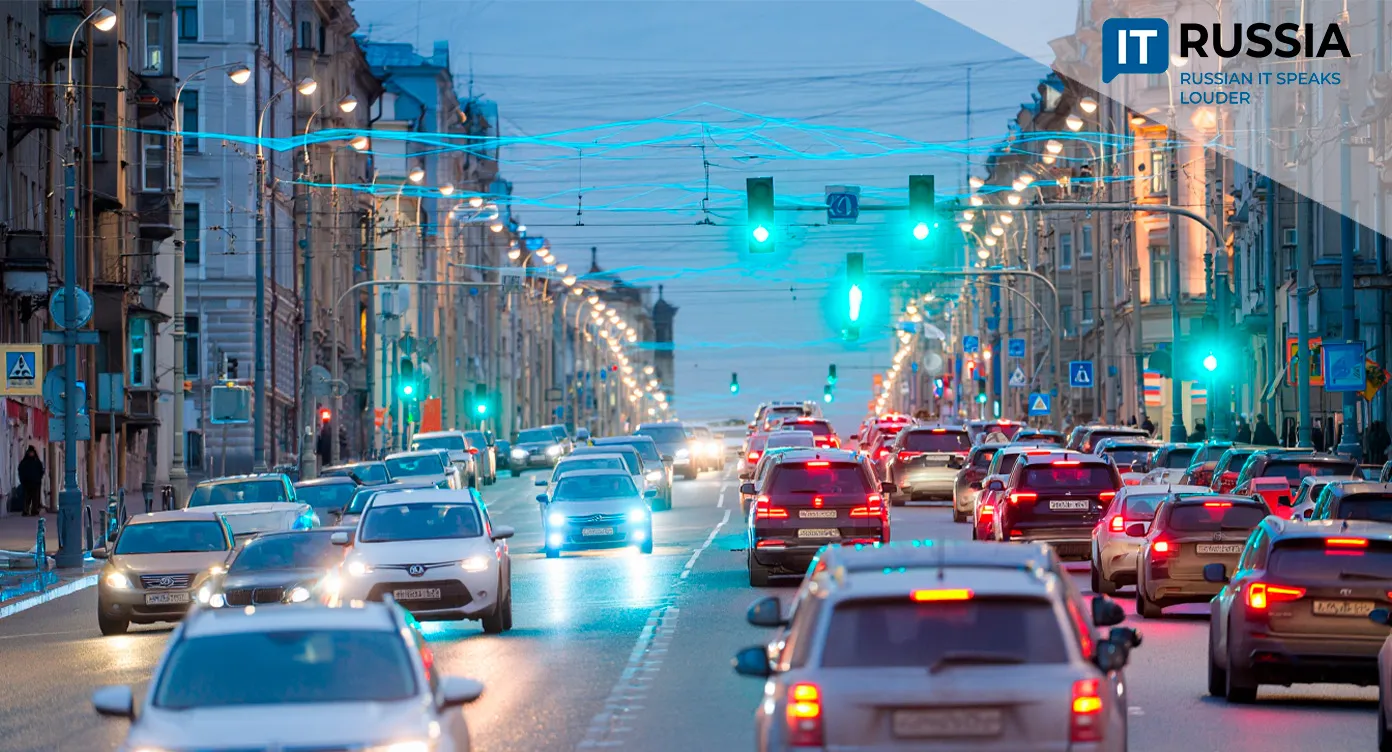Novosibirsk Upgrades the Heart of Its Electric Transit System
Novosibirsk’s State Technical University (NSTU NETI) and the Radio and Microelectronics Research and Production Association are launching an ambitious project to digitize 36 traction substations powering the city’s electric public transit network.

Entering the Digital Era
Engineers from Novosibirsk State Technical University (NSTU NETI), in partnership with the Radio and Microelectronics Research and Production Association, are developing an automated control, data collection, and analysis system for the city’s traction substations as part of Russia’s Priority-2030 program.
The modernization project covers 36 substations that supply power to Novosibirsk’s trams and trolleybuses, with plans to upgrade seven of the oldest — over 60 years in operation — by 2026. Each facility will receive a new automated control system based on modern technological principles aligned with global electric transport trends.

The primary goal is to integrate advanced microprocessor control and telemechanics systems, enabling efficient management of substation operations. The new system will support automated data collection, remote monitoring, and predictive analytics, allowing maintenance teams to shift from fixed schedules to condition-based service.
For citizens, this translates into more reliable power for trams and trolleys, fewer outages, and improved service continuity. For the city and region, it means reduced dependency on aging infrastructure and a stronger foundation for expanding public transit. Nationally, the project demonstrates Russia’s growing expertise in automating and digitizing critical energy and transport assets.
From Local Pilot to Siberian Network
The scalability of the Novosibirsk project opens the door to broader modernization efforts across Russia’s urban transit infrastructure. Many cities face similar challenges with outdated substations, making the work of NSTU NETI and Radio and Microelectronics highly relevant nationwide. Their technology could also extend to railway systems, where traction infrastructure modernization is equally critical. Beyond Russia, these solutions have strong export potential.
The systems developed in Novosibirsk can be adapted for international markets — particularly in CIS countries and emerging economies — where public electric transport networks often rely on obsolete infrastructure.
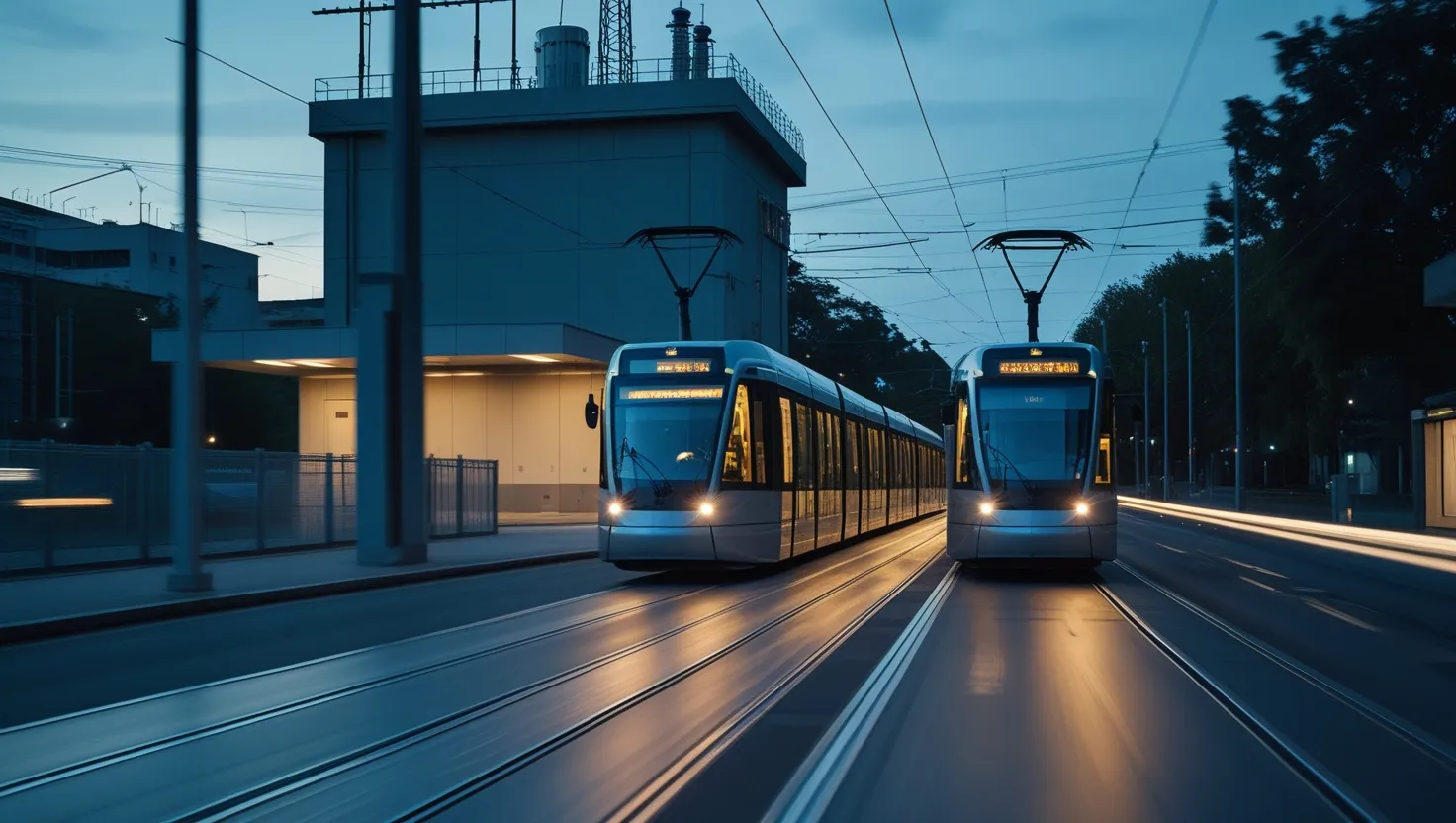
Digitalization as an Industry Trend
The Novosibirsk initiative fits into a wider national push to modernize traction infrastructure. As early as 2022, Russian Railways identified SCADA-based control systems as a strategic priority for traction substations.
The national Railway Development Strategy explicitly lists digitalization as a top priority. Elsewhere, NSTU NETI has a long record of collaboration with industrial partners, including the Novosibirsk Capacitor Plant, with which it developed an energy storage charging station for electric transport under the Priority-2023 program.
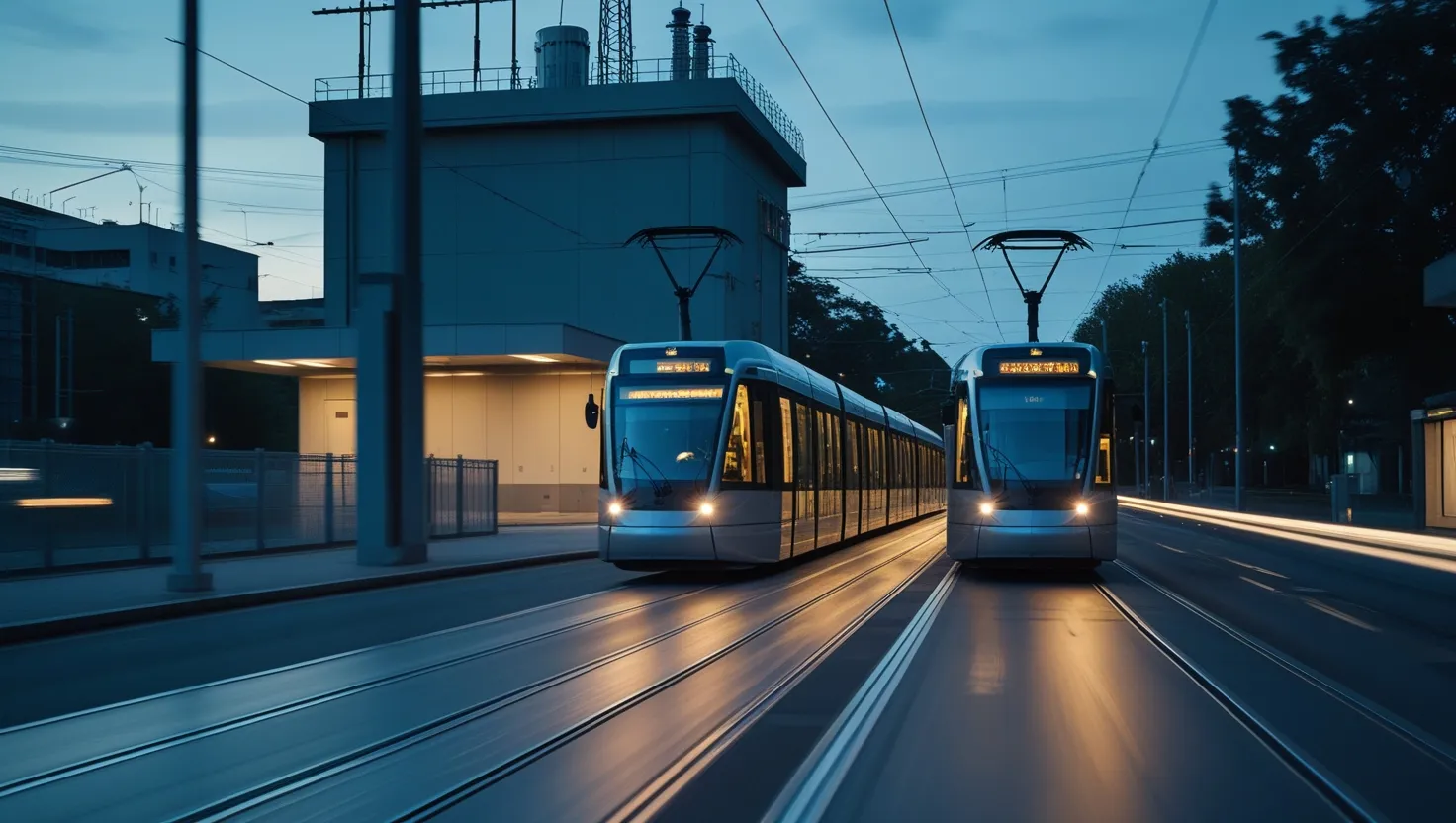
This reflects a consistent, system-level approach to advancing electric mobility technologies in Siberia. The university’s partnership with Radio and Microelectronics has also led to the creation of a joint student design bureau that fosters innovation through academic–industry collaboration. Such cooperation between education and manufacturing is becoming increasingly vital for developing homegrown technologies in critical sectors.
The Road to a Fully Digital Infrastructure
The Novosibirsk project marks a major step toward smart, automated public transit infrastructure. By 2027, the pilot phase — including the upgrade of the first seven substations — will be completed. By 2030, all 36 substations will transition to fully digital control systems, laying the groundwork for a region-wide rollout.

Post-2030, Russia expects digital traction control systems to become the standard in cities with extensive electric transport networks. The integration of artificial intelligence, predictive analytics, and digital twins will pave the way for fully autonomous infrastructure management. Moreover, the export of these integrated systems could position Russia as a global player in electric transit automation. For the national economy, the project stands as a clear example of how domestic science and industry can tackle complex technological challenges while strengthening digital sovereignty.



